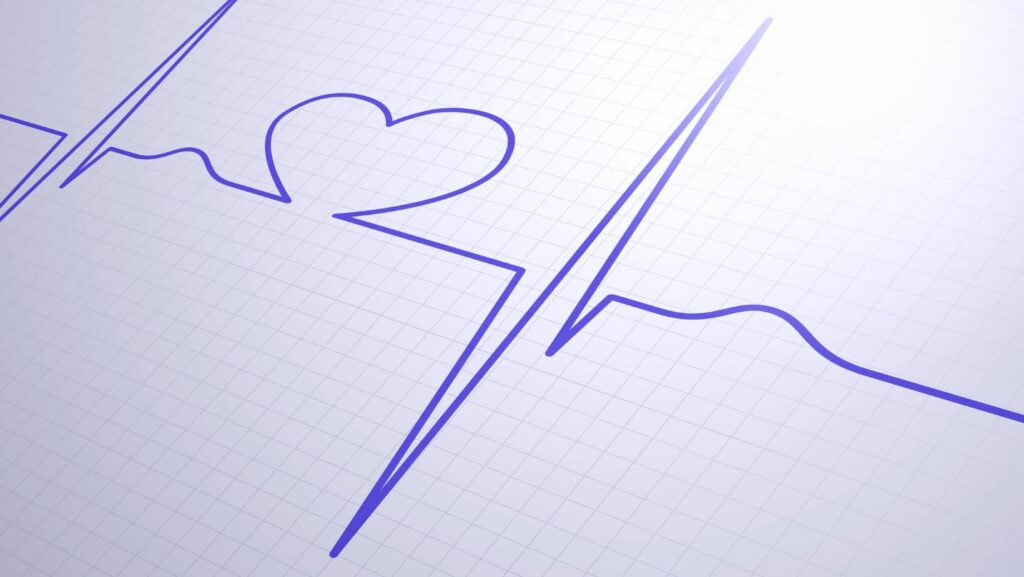Love can be as complex as a mathematical equation, and that’s why we’re diving into the intriguing world of graph relationships in love. It’s a fascinating approach, merging the seemingly distinct realms of romance and mathematics.
Defining Graph Relationships
A graph, in mathematical terms, is a structure displaying relations between entities. Let’s make the explanation easier by sticking to the basics. A ‘vertex’ or a ‘node’ symbolizes an entity, say, a person involved in a bond of love. The ‘edge’ signifies the connection between two nodes, representing the relationship between two people.
Infusing emotions, more specifically love, within a mathematical framework might appear unusual but offers a unique way to comprehend the complexity of this emotion. For example, a single, simple edge might mirror a one-sided infatuation, where the love radiates from one individual to another.
 However, just because two nodes link via an edge doesn’t deter other connections from forming, allowing the potential for complex interactions. This could be represented by A being connected to both B and C, opening a realm of multifaceted relationships involving multiple persons.
However, just because two nodes link via an edge doesn’t deter other connections from forming, allowing the potential for complex interactions. This could be represented by A being connected to both B and C, opening a realm of multifaceted relationships involving multiple persons.
Using the language of graphs to express the language of hearts is undoubtedly a pioneering endeavor. It’s our endeavor towards encapsulating the essence of love in a distinct, unconventional, yet profoundly insightful fashion.
Graph relationships
Elucidating graph relationships in love involves more than just understanding nodes and edges. Instead, it’s about comprehending the behavioral subtleties reflected in these graphs. Interactions might manifest as robust or fragile edges, personified by the strength or weakness of a relevant connection.
To fully appreciate this concept, think of two nodes. These nodes represent two individuals witnessing a romantic sunrise, represented by an edge or connection. Depending on their mutual understanding, the edge might be either thick, signifying a strong bond, or thin, representing a fragile connection. By representing a loving relationship with such nodes and edges, I can interpret and analyze patterns hidden in the intricate web of love.
The key to understanding these graph relationships lies within the iterative process of interpreting and reinterpreting these nodes and edges in diverse scenarios. Analyzing graphs helps me gauge love relationships’ volatility, understand relationship dynamics fluctuating over time, and anticipate the longevity of these connections.
The Intersection of Mathematics and Love
Dealing with the intricate connections of love, it’s common for me to delve into the mathematical aspects. Geometry and algebra provide a clear, structured mode of representation that captures the unpredictable and often volatile nuances of intimate relationships. Often, I find the deep-rooted symbiosis between love and mathematics reveals the mysterious and perplexing narratives of romance.
Graphs, with their nodes and edges, display love’s ebb and flow in high-definition detail. Consider how the distance between two nodes might denote the emotional space between two individuals. Imagine the varying intensities with two nodes linked by an edge signifying the changeability of a love connection.
Turning eyes to geometry, things get even more interesting. Creatures of emotion, humans often find relationships take the form of irregular polygons—complex, confusing, but still mathematically quantifiable.
On the other hand, circles may demonstrate a person’s range of emotional availability. The center presents the individual whereas, the radiating boundary symbolizes emotional reach, varying in its expanse per person, per situation.
The Future of Graph Relationships
 So, we’ve journeyed through the fascinating world of graph relationships in love, where love’s complexity is masterfully expressed through mathematical and geometric representations. We’ve seen how love dynamics can be mirrored in algebraic equations and how relationships can be portrayed as irregular polygons.
So, we’ve journeyed through the fascinating world of graph relationships in love, where love’s complexity is masterfully expressed through mathematical and geometric representations. We’ve seen how love dynamics can be mirrored in algebraic equations and how relationships can be portrayed as irregular polygons.
The future of graph relationships is promising, as it continues to offer fresh perspectives on understanding the unpredictable and intricate nature of love. It’s a testament to the beauty of human relationships, revealing how they can be decoded through the lens of mathematics. As we move forward, let’s continue to explore and appreciate these unique intersections, enriching our understanding of love and relationships in the process.

